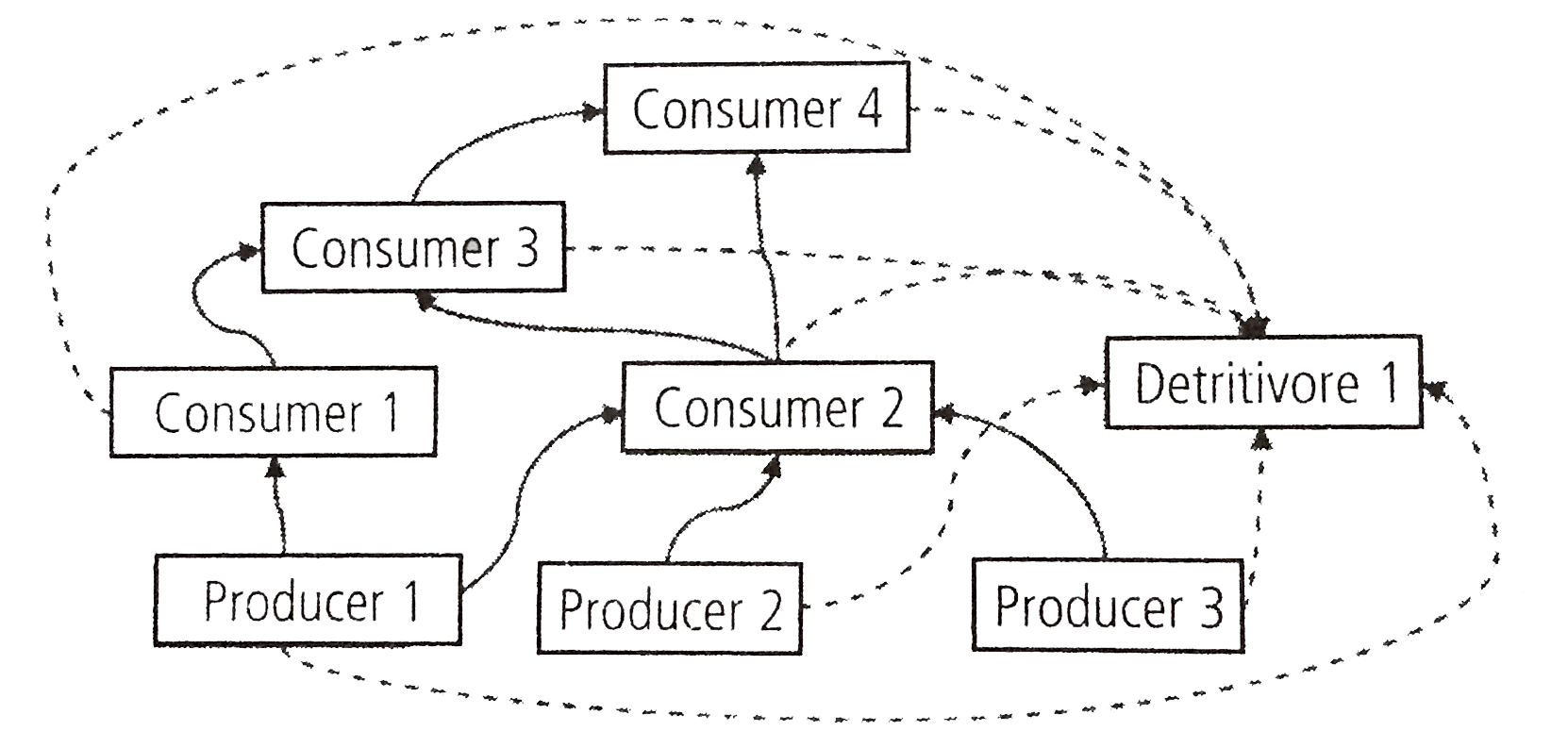Which of the given structures/modes of reproduction does not produce genetically similar individuals?
1)
Conidia of Penicillium
2)
Fusion of isogametes of Cladophora
3)
Eyes of potato
4)
Buds of yeast
Conidia of Penicillium
Fusion of isogametes of Cladophora
Eyes of potato
Buds of yeast
To determine which of the given structures or modes of reproduction does not produce genetically similar individuals, we need to analyze each option based on whether it involves sexual or asexual reproduction.
1. Conidia of Penicillium:
- Conidia are asexual spores produced by the fungus Penicillium. They are formed through mitosis and result in offspring that are genetically identical to the parent organism.
- Conclusion: Produces genetically similar individuals.
2. Fusion of isogametes of Cladophora:
- Cladophora is a green algae that reproduces sexually through the fusion of isogametes (gametes that are morphologically similar). This process involves meiosis and results in genetic variation among the offspring.
- Conclusion: Produces genetically different individuals.
3. Eyes of potato:
- The eyes of a potato are buds that can grow into new potato plants. This is a form of vegetative propagation, which is asexual reproduction. The new plants are genetically identical to the parent plant.
- Conclusion: Produces genetically similar individuals.
4. Buds of yeast:
- Yeast reproduces asexually through a process called budding. Similar to the eyes of a potato, the offspring produced by budding are genetically identical to the parent yeast.
- Conclusion: Produces genetically similar individuals.
Final Answer: The structure/mode of reproduction that does not produce genetically similar individuals is Fusion of isogametes of Cladophora.
- Conidia are asexual spores produced by the fungus Penicillium. They are formed through mitosis and result in offspring that are genetically identical to the parent organism.
- Conclusion: Produces genetically similar individuals.
- Cladophora is a green algae that reproduces sexually through the fusion of isogametes (gametes that are morphologically similar). This process involves meiosis and results in genetic variation among the offspring.
- Conclusion: Produces genetically different individuals.
- The eyes of a potato are buds that can grow into new potato plants. This is a form of vegetative propagation, which is asexual reproduction. The new plants are genetically identical to the parent plant.
- Conclusion: Produces genetically similar individuals.
- Yeast reproduces asexually through a process called budding. Similar to the eyes of a potato, the offspring produced by budding are genetically identical to the parent yeast.
- Conclusion: Produces genetically similar individuals.
Topper's Solved these Questions
Similar Questions
Which of the statements about ''Denaturation'' given below are correct ?
(1) Denaturation of proteins causes loss of secondary and tertiary structures of the protein.
(2) Denaturation leads to the conversion of double strand of DNA into single strand.
(3) Denaturation affects primary structure which gets distorted.
View SolutionClones are morphologically and genetically (i) individuals. They are produced as a result of (ii) reproduction. The information in which alternative completes the given statements?
View Solution
Knowledge Check
Which of the following is not a producer?
1. Spirogyra
2. Agaricus
3. Volvox
4. NostocASpirogyraBSpirogyraCAgaricusDNostocApomixis is a mode of reproduction which does not involve formation of zygote through genetic fusion. In plants, apomixis commonly mimics sexual reproduction but produces seeds without fertilization. There are several methods of apomictic development in seeds. Apomixis can be observed in hawthoms, shadbush, Sorbus, brambles, and blackberries, meadow grasses, mat grass, hawkweeds, etc.
Apomixis is a type of reproduction in plants in which:AFertilisation does not take placeBMale nucleus takes part in fertilisationCPollen fusion takes placeDGenerative nucleus takes part in fertilisationApomixis is a mode of reproduction which does not involve formation of zygote through genetic fusion. In plants, apomixis commonly mimics sexual reproduction but produces seeds without fertilization. There are several methods of apomictic development in seeds. Apomixis can be observed in hawthoms, shadbush, Sorbus, brambles, and blackberries, meadow grasses, mat grass, hawkweeds, etc.
_______ produces seeds without fertilisation.AHibiscusBRafflesiaCAsteraceaeDFamiliceae
Apomixis is a mode of reproduction which does not involve formation of zygote through genetic fusion. In plants, apomixis commonly mimics sexual reproduction but produces seeds without fertilization. There are several methods of apomictic development in seeds. Apomixis can be observed in hawthoms, shadbush, Sorbus, brambles, and blackberries, meadow grasses, mat grass, hawkweeds, etc.
If the hybrids are made into apomicts, there is no segregation of characters in the hybrid progeny.
View SolutionApomixis is a mode of reproduction which does not involve formation of zygote through genetic fusion. In plants, apomixis commonly mimics sexual reproduction but produces seeds without fertilization. There are several methods of apomictic development in seeds. Apomixis can be observed in hawthoms, shadbush, Sorbus, brambles, and blackberries, meadow grasses, mat grass, hawkweeds, etc.
Adventive embryo is found in :
View SolutionApomixis is a mode of reproduction which does not involve formation of zygote through genetic fusion. In plants, apomixis commonly mimics sexual reproduction but produces seeds without fertilization. There are several methods of apomictic development in seeds. Apomixis can be observed in hawthoms, shadbush, Sorbus, brambles, and blackberries, meadow grasses, mat grass, hawkweeds, etc.
Formation of embryo directly from diploid egg without fertilisation is called:
View SolutionRefer the given statements and select the correct option
(i) Percentage of homozygous dominant individuals obtained by selfing Aa individuals is 25 %
(ii) Types of genetically different gametes produce by genotype AABbcc are 2
(iii) Phenotypic ratio of monohybrid F2 progeny in case of Mirabilis jalapa is 3:1
View SolutionThe given diagram represents the relationships between organisms in a remote pond ecosystem. From this information. Which of the following is the most likely to be correct?

1) DDT present in the ecosystem would accumulate to the highest concentrations in the tissues of detritivore 1.
2) The introduction of consumer 4 individuals from an external population would lead a temporary increase in number of producer 2.
3) Disease in the producer 1 population would lead to an increase in the producer 3 population.
4) Extermination of consumer 3 would cause a sustained increase in the population of consumer 2.
View Solution
